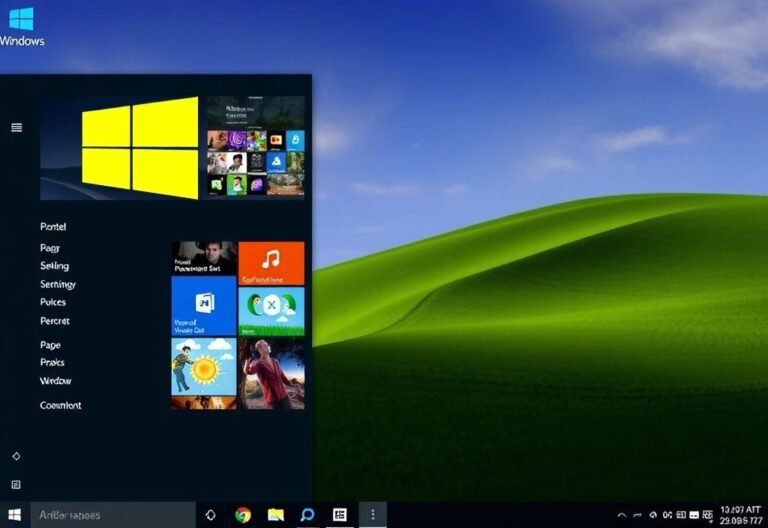
Sustainable Tech Habits: Good for the Planet, Great for Your Profits
Sustainability isn’t just a trend — it’s a smart business move.
More companies are realizing that adopting eco-friendly tech habits doesn’t just reduce their environmental impact. It also cuts costs, improves efficiency, and attracts conscious customers.
From saving energy to reducing waste, sustainable technology practices can deliver real financial benefits. Here are some practical ways your business can go green — and boost the bottom line at the same time.
1. Upgrade to Energy-Efficient Devices
Switching to energy-efficient hardware like Energy Star-rated computers, servers, and LED lighting can significantly lower electricity bills. Over time, these savings add up — making the initial investment well worth it.
2. Leverage Cloud Computing
Cloud solutions help reduce reliance on physical infrastructure. By using virtualization and cloud-based services, you can cut down on server rooms, cooling needs, and maintenance costs — all while improving scalability.
3. Support Remote Work
Remote work reduces office energy use and commuting emissions. It also often leads to higher employee satisfaction and productivity — and can lower overhead costs by reducing the need for large office spaces.
4. Use Renewable Energy
Consider powering your operations with solar, wind, or other renewable sources. While there may be upfront costs, long-term savings on energy bills — plus enhanced brand reputation — make this a powerful investment.
5. Recycle E-Waste Responsibly
Old electronics don’t belong in landfills. Set up an e-waste recycling program to properly dispose of outdated devices. Many components can be refurbished or recycled — and some can even generate revenue.
6. Optimize Data Centers
Data centers consume massive amounts of energy. Improve efficiency by:
- Using energy-saving servers
- Upgrading cooling systems
- Consolidating storage
Even small changes can lead to big energy savings.
7. Choose Green Web Hosting
Opt for a web hosting provider powered by renewable energy. Not only does this reduce your digital carbon footprint, but many green hosts also offer faster performance and better uptime.
8. Go Paperless
Ditch the paper and move to digital workflows. Save money on printing, filing, and storage — while improving searchability and productivity with cloud documents and electronic signatures.
9. Buy Eco-Friendly Office Supplies
Switch to recycled paper, biodegradable pens, and reusable materials. These small changes support sustainability and can reduce long-term office expenses.
10. Optimize Software Performance
Outdated or inefficient software can slow down systems and increase energy use. Keep apps updated, remove unnecessary programs, and streamline processes to maximize performance and reduce resource consumption.
11. Install Smart Energy Controls
Use smart thermostats and remote monitoring systems to manage heating, cooling, and lighting efficiently. These affordable tools help cut energy waste — and your utility bills.
12. Promote Green Commuting
Encourage carpooling, biking, or public transport among employees. Offering incentives for eco-friendly commutes can reduce transportation costs and improve team morale.
13. Clean Up Your Data
Unused or redundant data takes up space and processing power. Regularly audit and clean databases to improve speed, reduce storage costs, and minimize energy use.
14. Pursue Green Certifications
Certifications like ISO 14001 or Green Business Bureau recognition show your commitment to sustainability — and can attract eco-conscious clients and partners.
15. Educate and Involve Employees
Engage your team in sustainability efforts. Employees who understand the value of green habits are more likely to contribute ideas and follow best practices.
16. Partner with Sustainable Vendors
Work with suppliers and vendors who share your environmental values. A greener supply chain can reduce costs and build stronger, more ethical business relationships.
17. Conduct Product Lifecycle Assessments
Evaluate how your products are made, used, and disposed of. Identifying areas for improvement helps reduce waste — and often saves money too.
18. Market Your Green Efforts
Customers care about sustainability. Highlight your eco-friendly practices in marketing campaigns to stand out from competitors, build trust, and drive loyalty.
Going green is no longer just about doing good — it’s about doing well. Sustainable tech habits can help your business save money, operate more efficiently, and connect with a growing base of environmentally aware consumers.





